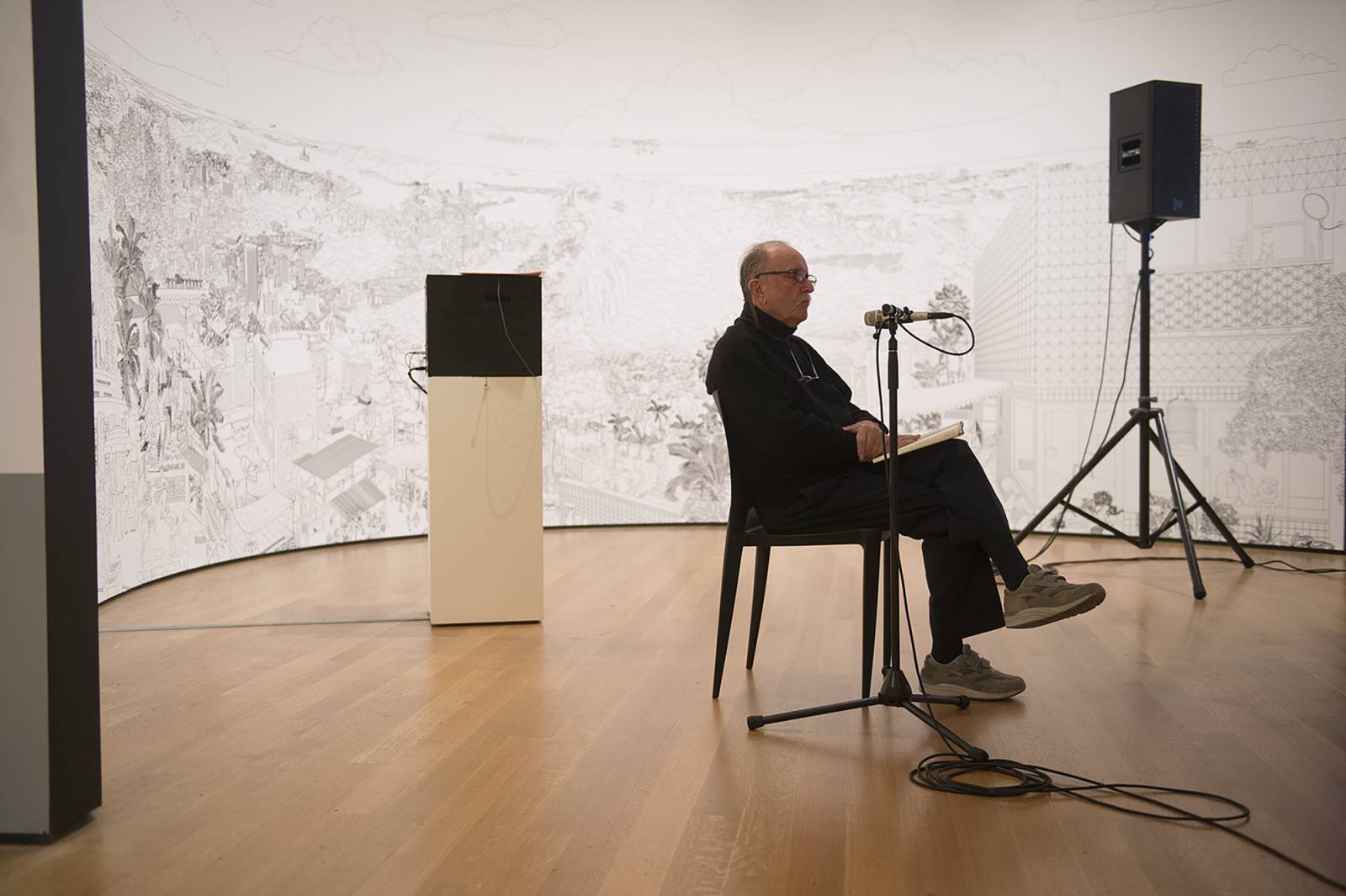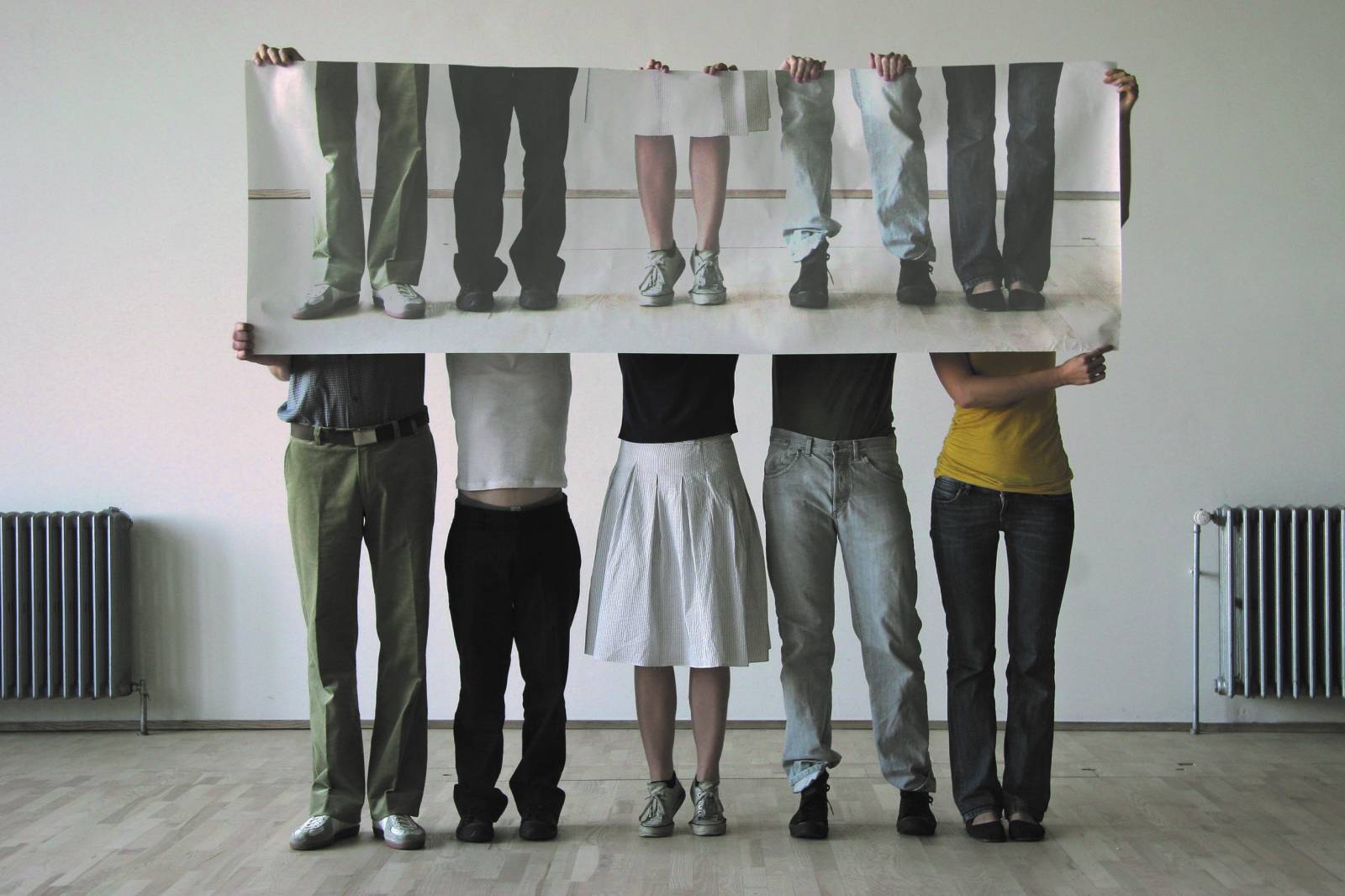André Lepecki
André Lepecki, a scholar and curator of performance, is associate professor in the department of performance studies at Tisch School of the Arts, New York University.
Duration is not time extended. Actually duration has little to do with extension or other spatial references—this was Henri Bergson’s insight in Time and Free Will (1889). There, duration simultaneously names both time’s “essence” and a very particular experience of time, rare and difficult: that of a quasi-unmediated exchange between a conscious subject and the plane of matter, in which “the communicative surface between the ego and external objects” endures a profound transformation and in which time is no longer measured, assessed, inserted into an economy but is felt.
The search for direct, unmediated relations (whether intersubjective or between subjects and objects) characterizes the performative turn of the past half-century, with performance becoming one of the main agents in art’s critique of representation as mediation. In 1960 the Brazilian artist Hélio Oiticica discovered what he called “color-time”—an improbable assemblage that would open up the visual object toward a regained freedom. Eventually this operation of identifying a kind of time enduring even in color would lead to the making of Oiticica’s Parangolés, colorful cloth and plastic capes used by dancing bodies so as to reveal the mutual co-formation of a “new objectivity” in which a certain quality of intensive time and a certain kind of intensive motion would suture a direct aesthetic experience of “incorporation” between subject and object. Oiticica’s experiments reveal how duration thins the space between subjectivity and objecthood.
Despite Bergson’s use of the word essence, his is a philosophy of becoming. There is ceaseless becoming in duration, a constant doing: “It is of the very essence of duration and motion . . . to be something that is unceasingly being done.” In this rarest of experiences, what gets to be undone, suspended, is the generalized chrono-normativity of measured time: economies of tempi and measurements assigning proper actions, behaviors, perceptions (and their relevance) to specific hours displayed by clocks (the proper time for contemplation, the proper time for consumption, the proper time for working, loving, etc.). For Bergson, the foreclosure of the experience of duration results in nothing other than subjugation, since outside duration “we ‘are acted’ rather than act ourselves.” With is at stake then is freedom since, within measured time (what I am calling the chrono-normative), “we are rarely free.”
Marina Abramović and Ulay’s Relation in Time (1977): seventeen hours; Tehching Hsieh’s One Year Performance series (1978–86): five years; Pope.L’s Levitating the Magnesia (1992): three days. High points in the history of durational performance. When invoking these inescapable works, however, a crucial theoretical point must be made. Adjectively, “durational” is used to describe artworks that last longer than the average/expected amount of time that chrono-normativity imposes on art. “Durational performance” is an expression that is generally used to describe artworks that last a greater than usual number of hours, days, weeks, or months. Regretfully, this use of the word emphasizes the extensive and quantitative at the cost of the intensive and qualitative. By doing so, it undermines the political-performative powers and promises of duration as performative experimentations of freedom.
In all the works cited above, extended time is of course crucial. But what happens is that in those works, long hours, several days, years (quantitative time) are modulated and undone by specific actions that ensure that quantity is continuously transformed into intensity (qualitative time or duration). The modulator performing such catalysis is the verb event to endure. Etymologically tied to duration, to endure bespeaks the persistence of the performer in a kind of suffering that, above all, must last. There is nothing gratuitous, just as there is nothing saintly, in this suffering. For isn’t the sufferer another word for the political agent, as Hannah Arendt proposed? The performer endures, persists in his or her endurance, and thanks to this qualitative investment in quantitative time, reveals and precipitates intensive durational doings through the artwork. In other words: the pieces named above are not durational because “it takes a long time” to see/perform them from start to finish. They are durational in that they subvert and subdue chrono-normative time and propose (to the public and to the performer) a direct co-formation of endurance—a lingering in a shared plane of experience where the surface mediating work and audience, artist and work, is frayed to a quasi-limit.
It follows then that duration may happen even in a split second. As soon as there are no metrics, as soon as there is no measure, as soon as there are no economies of (im)patience and expectations, as soon as there are no accounting subjects—then we find duration doing its heterogeneously singular acts. This doing is the undoing of a measured time that above all controls, mediates, and imprisons both subjects and things as objects of measure.
For Further Reference
Lygia Clark, Caminhando (Walking), 1963–64.
Pope.L, The Great White Way, 2001/5.
Tehching Hsieh, One Year Performance (Cage Piece), 1978–79.
Marina Abramović and Ulay, Nightsea Crossing, 1981–87.
Alvin Lucier, I Am Sitting in a Room, originally recorded 1969.
Tino Seghal, This Situation, 2007.
La Ribot, Muriéndose la Sirena, 1993.
Ivana Müller, While We Were Holding it Together, 2006.




















































































